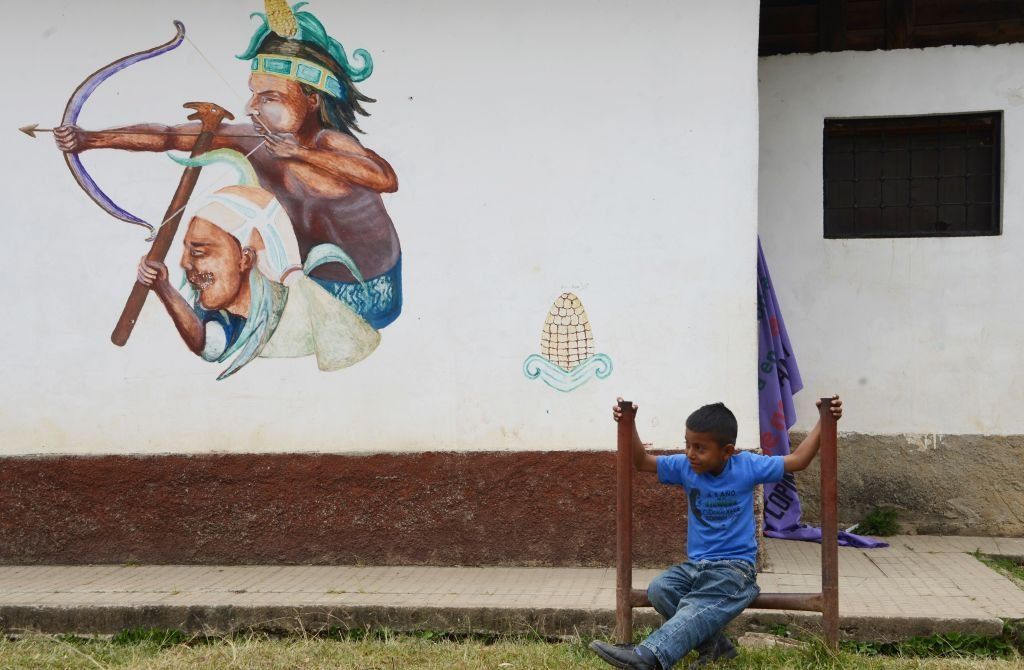The new report from Global Witness identifies Colombia as the most dangerous country for environmental activists, with 60 killed in 2022.
The NGO found 177 activists killed globally last year. Latin America accounted for 88% of these deaths.
Deaths have slightly declined from 200 globally, but one activist still dies every two days on average.
Conflict intensifies the risks in Colombia, where the death toll rose from 33 in 2021.
President Gustavo Petro has vowed to tackle the issue. Yet local organizations argue more action is needed.
Brazil recorded 34 activist deaths, Mexico had 31, Honduras had 14, and the Philippines had 11.
According to the report, mining, logging, and farming often lead to these killings. Minors also face risks, with three killed in Brazil and one in Colombia and Mexico.

Historically, Colombia has had a pattern of violence against environmental defenders. Ongoing right-wing violence remains a significant concern.
Activist Nadia Umaña fled Colombia after the murder of her colleagues. She reports continued threats against her group for opposing harmful activities.
Francia Márquez, Colombia’s Vice President, also received threats and survived a 2019 grenade attack for her water protection efforts.
Global Witness has tracked these deaths since 2012, with 70% occurring in Latin America.
Brazil’s activists suffered under former President Jair Bolsonaro, while deaths in Mexico declined but still alarm many.
In the Amazon, 39 activists died in 2022, 11 of whom were indigenous. The forest’s importance for climate change control underscores the urgency of protecting it.
Background
Environmental activism has a long history of facing danger, especially in Latin America.
Colombia’s issues can’t be viewed in isolation; they’re part of a more significant, troubling trend.
The numbers aren’t just statistics; they represent lives lost and communities destabilized.
Efforts to protect natural resources often clash with big industries like mining and logging.
These industries wield significant power and influence, complicating the fight for environmental justice.
Local governments sometimes lack the resources or political will to protect activists effectively.

